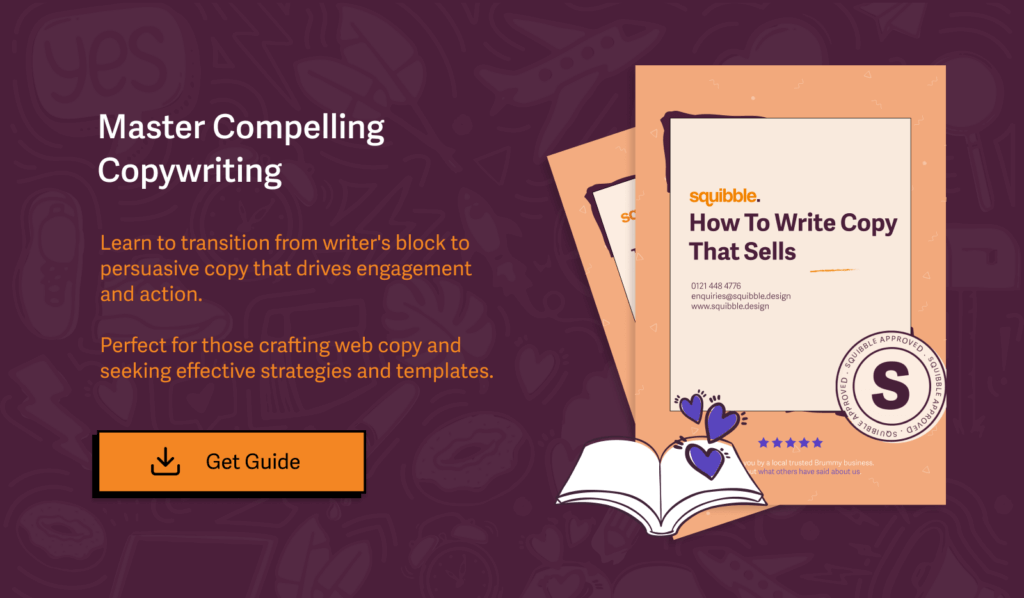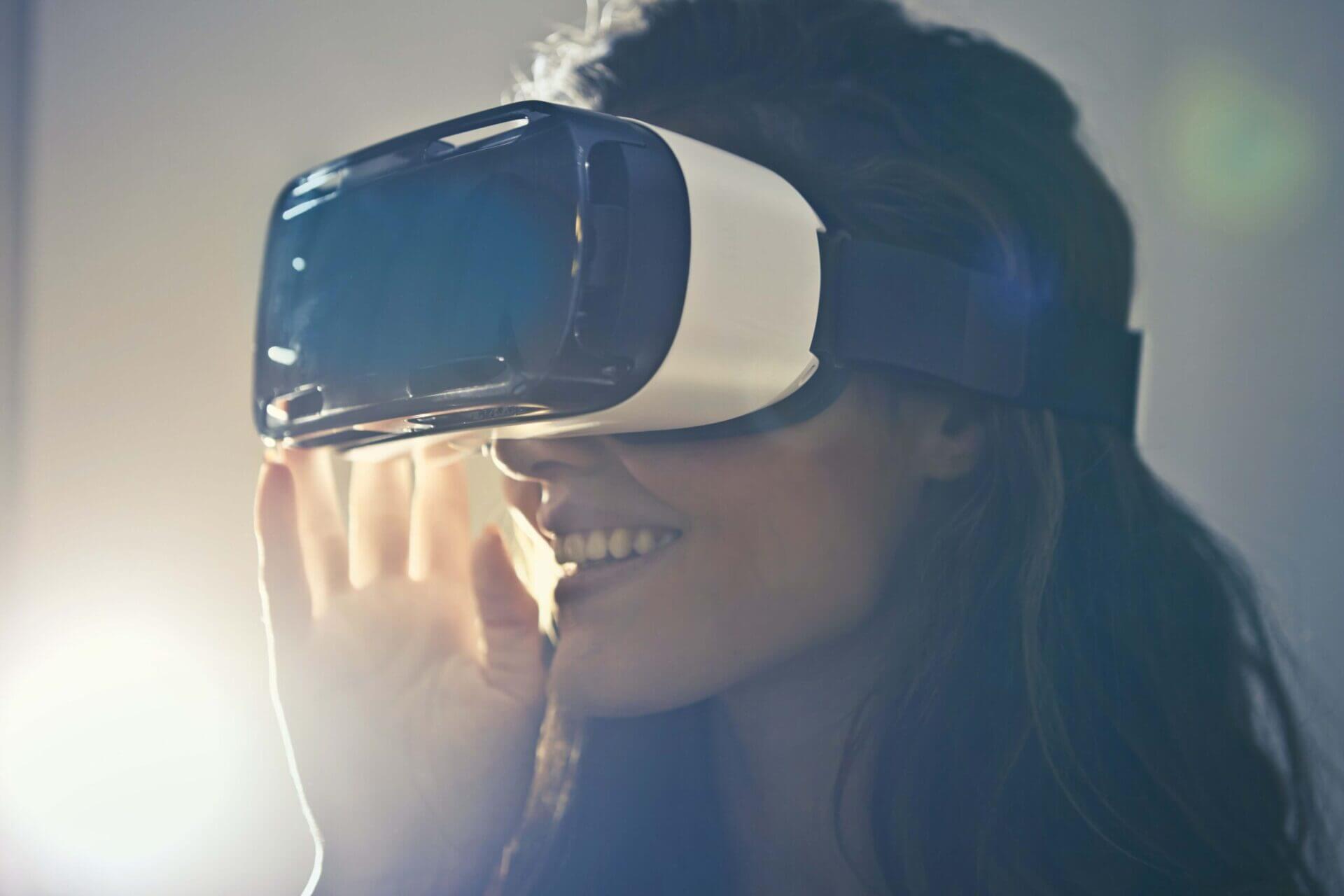With the launch of hardware like the Oculus Rift, 2016 is the year VR (Virtual Reality) is finally coming home.
VR is already being used in the tech industry with press conferences being streamed in VR and being hosted on VR social networks such as AltspaceVR. VR is going to have a huge impact in the gaming industry, but how will VR be used effectively on the Web?
Virtual Reality & Web Design
Currently the web and VR might not seem like a great mix, and VR would not be suited for navigating the web in its current form. This is set to change though as various companies are developing technologies to evolve the web and VR. Microsoft, Mozilla, Google and others are all working on VR Web technologies. For now these technologies are focusing on making VR work in the web browser.
“Picture this: You are browsing Amazon and find a jacket/TV/bike/whatever that you’re interested in. If Amazon’s developers took advantage of the WebVR API they could add a button that says “View in VR” which let you view the item through a VR headset in 3D at 1:1 scale. In the case of a piece of clothing you could see it on a virtual mannequin, walk around it, lean in and examine the stitching, and so on as if it were actually sitting right in front of you.”
Brandon Jones, Chrome WebGL Implementor at Google at Google
The major barrier at first, as with any emerging technology, will be the number of people who own VR devices. So far there are not many choices and the price is high;
The Oculus Rift
This was originally a Kickstarter project but was bought by Facebook for $2billion in 2014. The Oculus Rift connects to a PC to deliver high end virtual reality experiences.
Sony Project Morpheus
This VR headset is designed to connect to the PS4. Sony has a very impressive game library set for launch which will help boost adoption.
Microsoft Hololens
“Microsoft HoloLens is the first fully self-contained, holographic computer, enabling you to interact with high‑definition holograms in your world.”
Microsoft’s Hololens is more about augmented reality than just VR and projects holographic graphics onto your actual surroundings. The Hololens has huge potential in entertainment (see Minecraft being projected onto a coffee table!), education, engineering and more.

Moving Forward; what’s next for VR on the Web?
The technologies for VR on the web already exist. These technologies, such as Javascript and WebGL, lack precision and the low latency required for powerful VR experiences. Mozilla has been working on a new specification known as WebVR. This provides a purpose built interface for VR hardware. There are already WebVR ‘nightly builds’ of both Chrome and Firefox and once this technology has been optimised it will be incorporated into the main releases of these browsers.
The second hurdle to overcome is web interface. We are used to two dimensional websites and browsers and websites are designed for this. These two dimensional websites are interacted with via mouse and keyboard.
So how could we display and interact with the web in a sensible way with virtual reality and make the most of what the VR experience has to offer?
For starters the Oculus Rift has been designed to work with an Xbox controller. In addition to this, head movements also provide gesture based control. As VR matures, gesture based input and other more natural forms of input such as the upcoming Oculus Touch, will vastly improve the VR experience and standards for web browsing navigation will have to be drafted.
The bigger challenge, perhaps, is the need to render websites in a way that will make sense in VR. Two dimensional websites could be rendered in the 3D environment or at least have 3D parts / portals in them. For example, Amazon could have a full virtual shop where you could walk around and see products in full 3D VR.
At first though, a technology such as janusvr.com may be a stepping stone as this technology attempts to render the current web in a virtual reality experience.
Video streaming on the web is already off to a flying start with YouTube already streaming VR content with full 360 degree video. This 360 VR video streaming was utilised for events in the 2016 Rio Olympics for example.
There are hurdles to overcome but VR is sure to play a huge part in the future of the web. Once prices come down to a more accessible level and there is more content for people to enjoy then the technology will surely take off. The future of web design will be very exciting as we enter the VR era!







